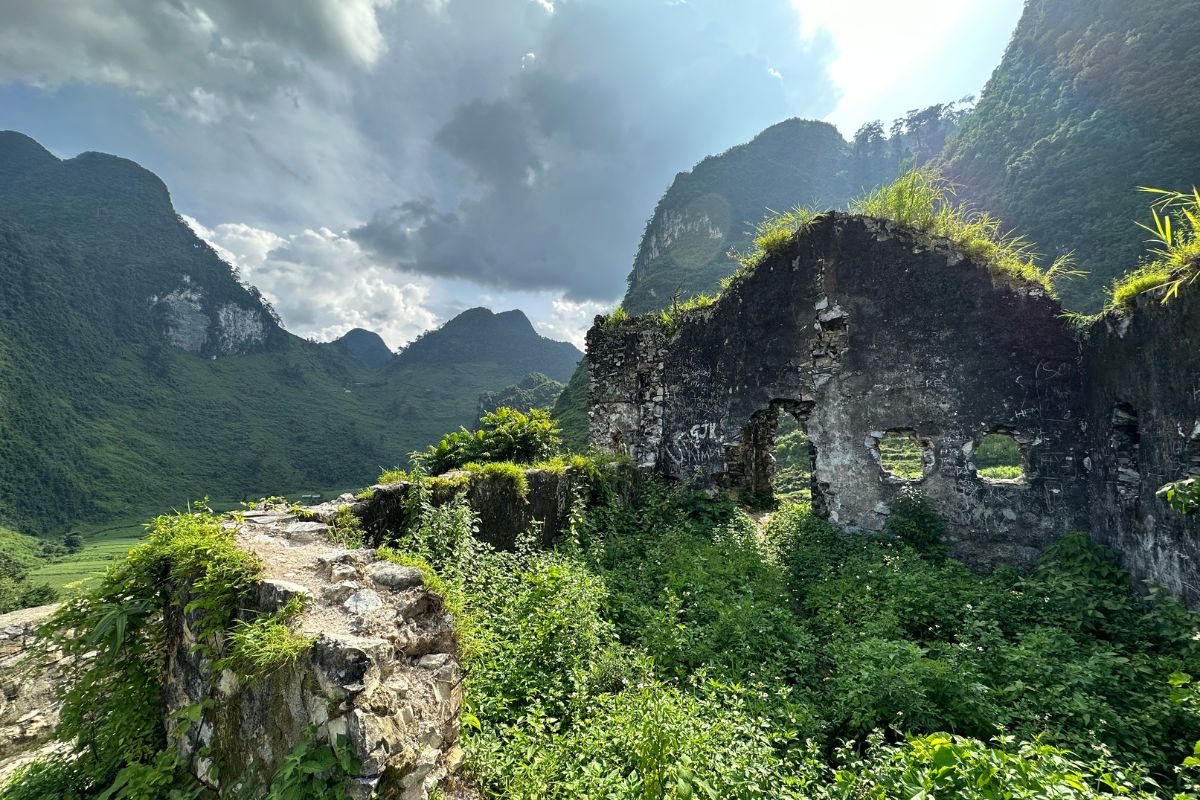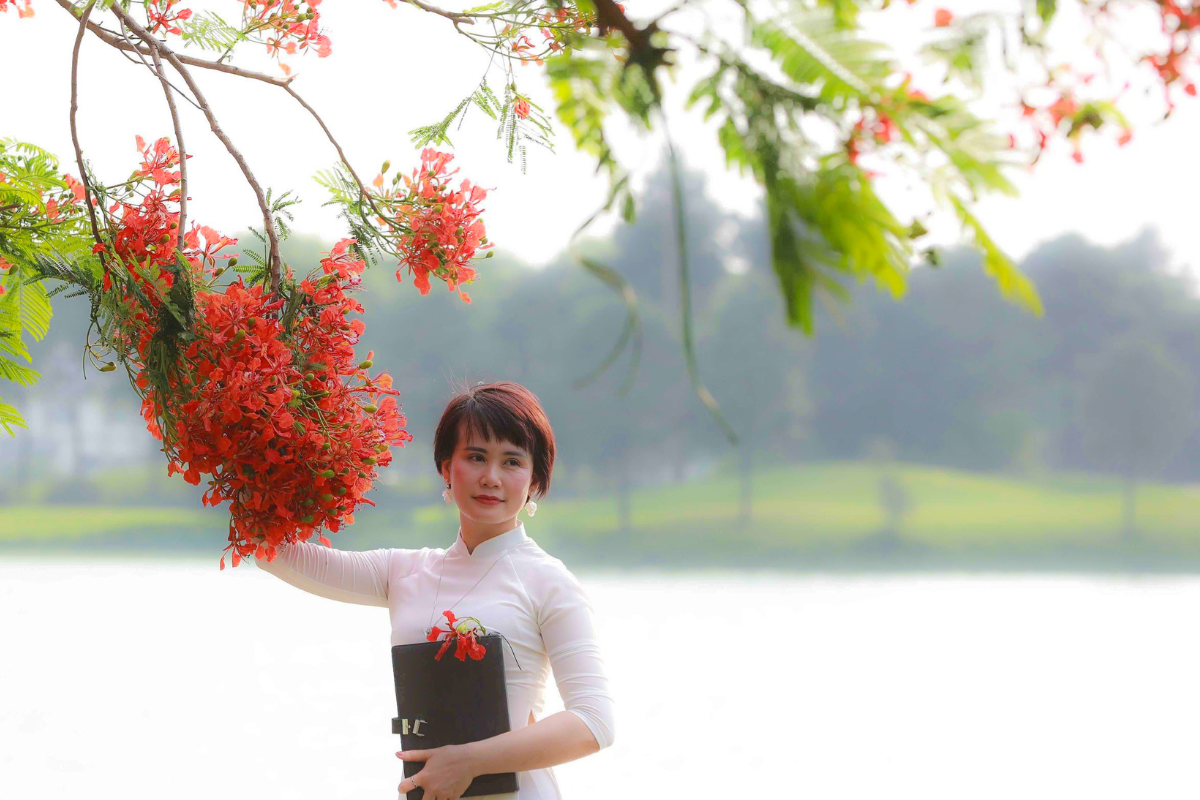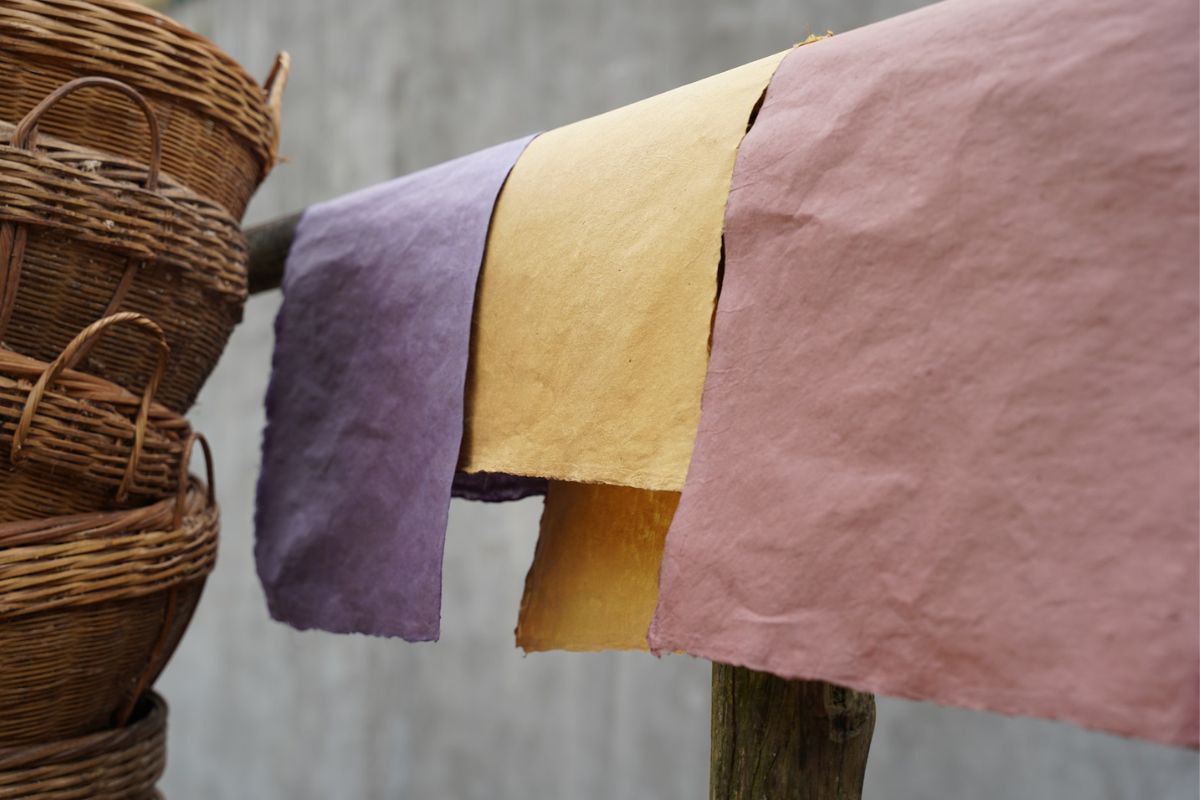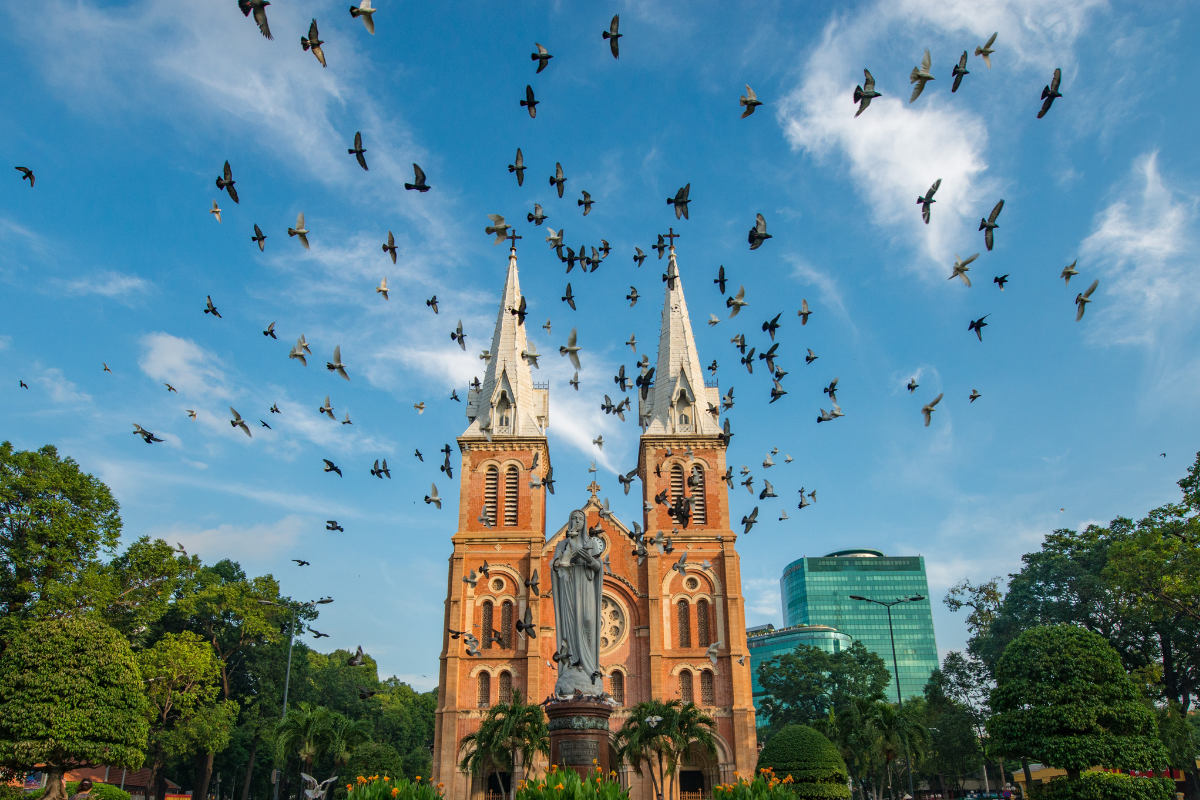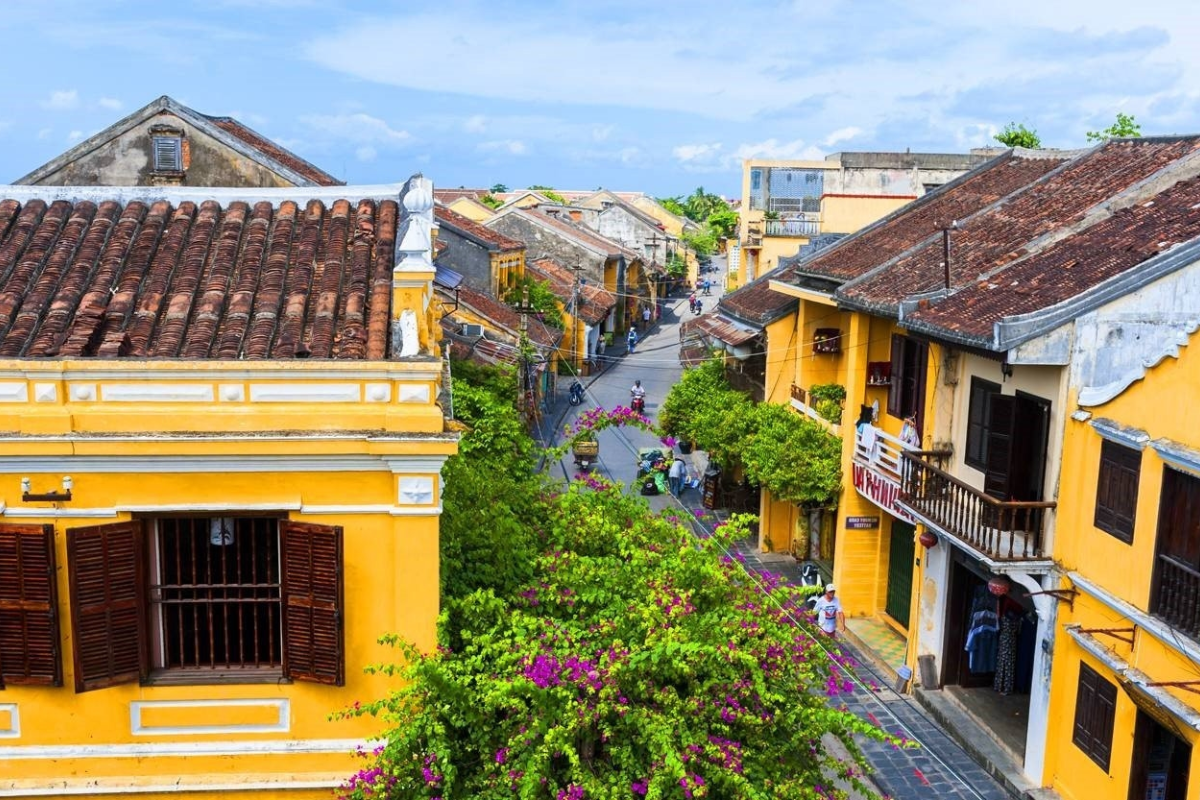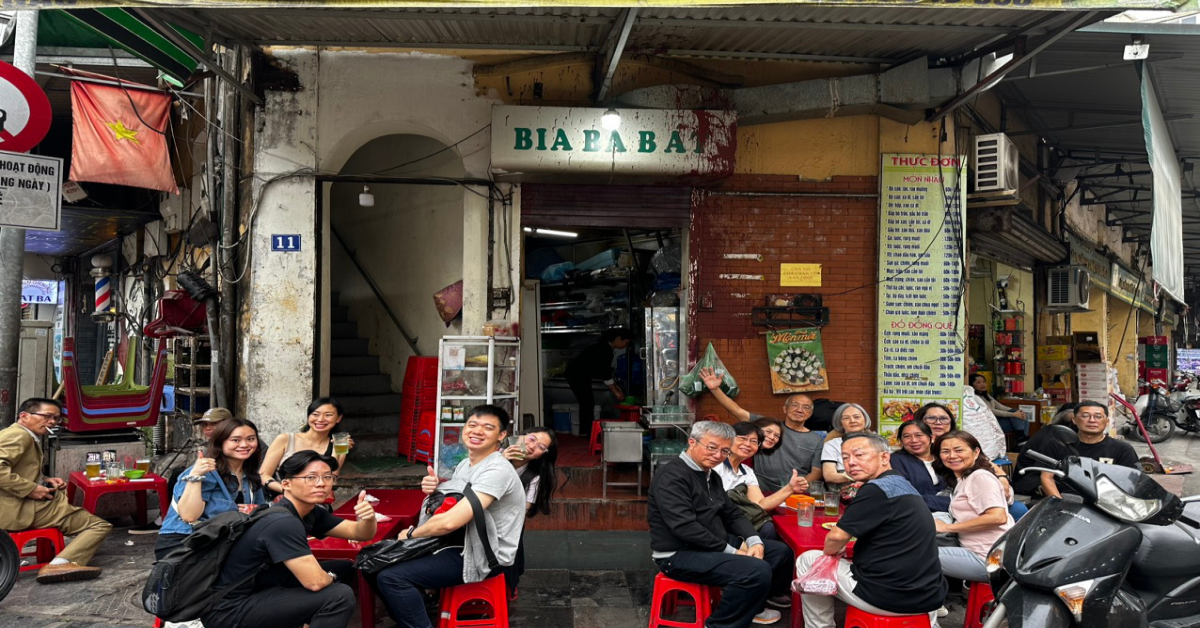Temple of Literature Hanoi: Vietnam’s First University & Symbol of Cultural Heritage
As one of the most iconic tourist attractions in Hanoi, the Temple of Literature (Van Mieu – Quoc Tu Giam) beautifully captures the intellectual and spiritual essence of the Vietnamese capital.
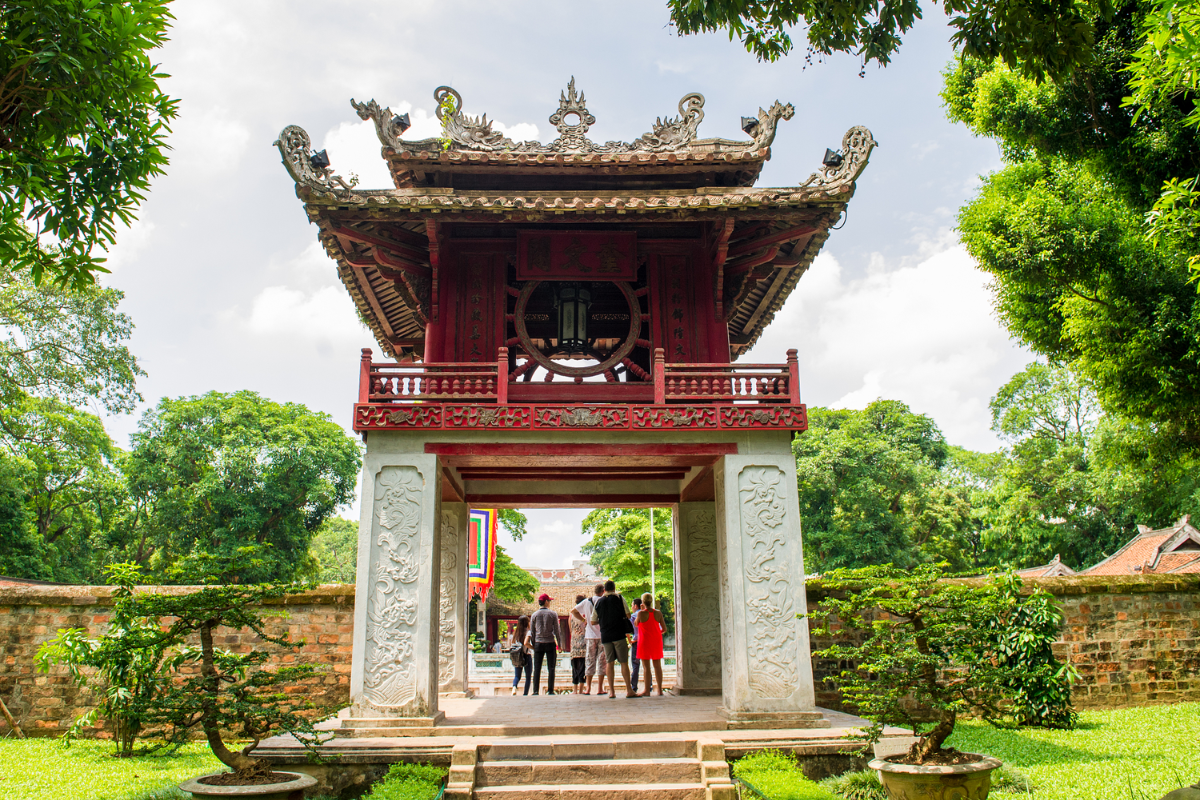
Founded in 1070, this temple complex once hosted Vietnam’s first university and remains a proud testament to the country's devotion to education, history, and culture.
Introduction to the Temple of Literature
The Temple of Literature Hanoi was originally built to honor Confucius and later became the Imperial Academy – the most prestigious educational institution for royal and talented commoner scholars.
.png-image-mabhsrwk.png)
Historical Overview
Founding and Purpose
Established under Emperor Ly Thanh Tong in 1070, Van Mieu was dedicated to Confucius. By 1076, Quoc Tu Giam – the Imperial Academy – was founded by Emperor Ly Nhan Tong, marking the start of Vietnam’s long-standing commitment to Confucian learning.
Growth Through Dynasties
- Ly Dynasty: Introduced Confucian education to royal circles.
- Tran Dynasty: Opened university access to talented students from all social classes.
- Le Dynasty: Introduced the doctoral steles in 1484 to honor successful imperial candidates.
- Nguyen Dynasty: Relocated the university but preserved the temple as a heritage symbol.
Key Milestones
- 1484: First steles installed by Emperor Le Thanh Tong.
- 19th–20th Century: Restoration during and after colonial and war periods.
Architectural Highlights
Van Mieu (Confucian Temple)
This central section features altars, shrines, and meticulously maintained gardens.
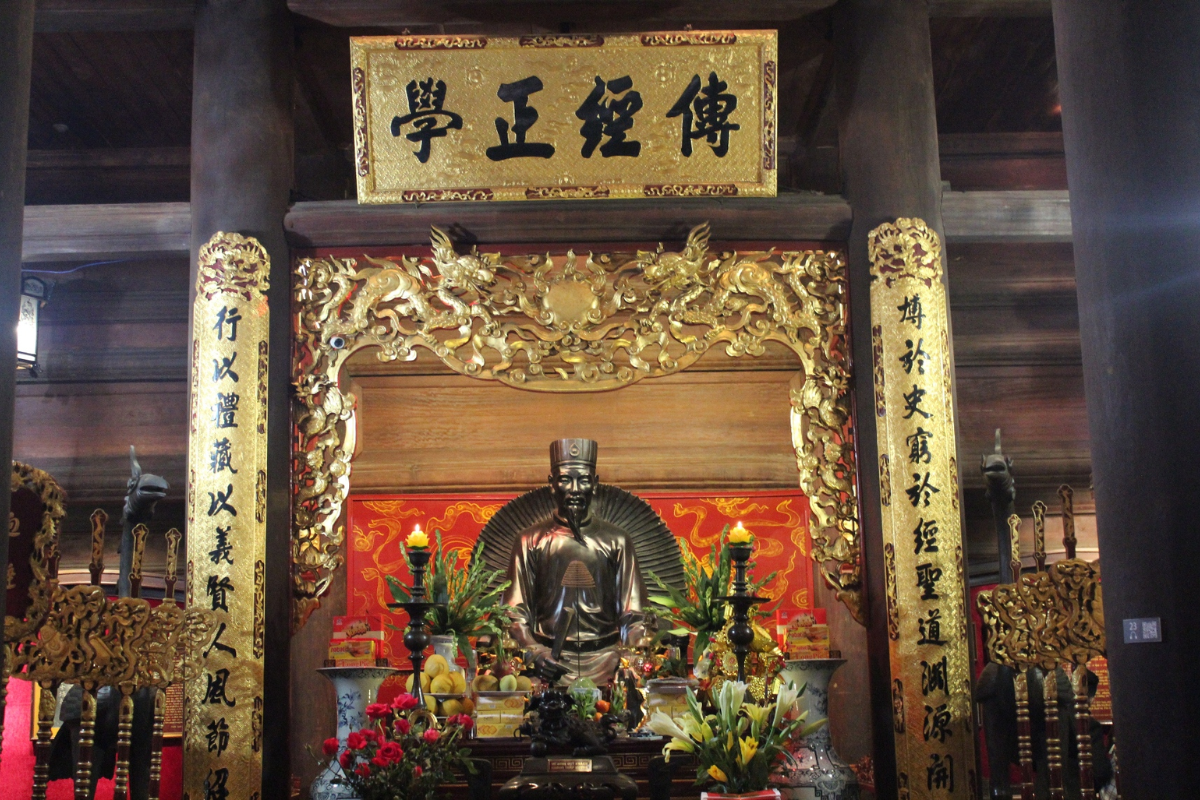
The Great House of Ceremonies and Sanctuary of Confucius contain statues that honor Confucian philosophy and its disciples.
Quoc Tu Giam – Vietnam’s First National University
Though partially lost to time, this area once hosted classrooms and dormitories for elite scholars preparing for the imperial exams.
Khue Van Cac – The Symbol of Hanoi
Built in 1805, this elegant red-lacquered pavilion stands on stone pillars and has become a beloved symbol of Hanoi.
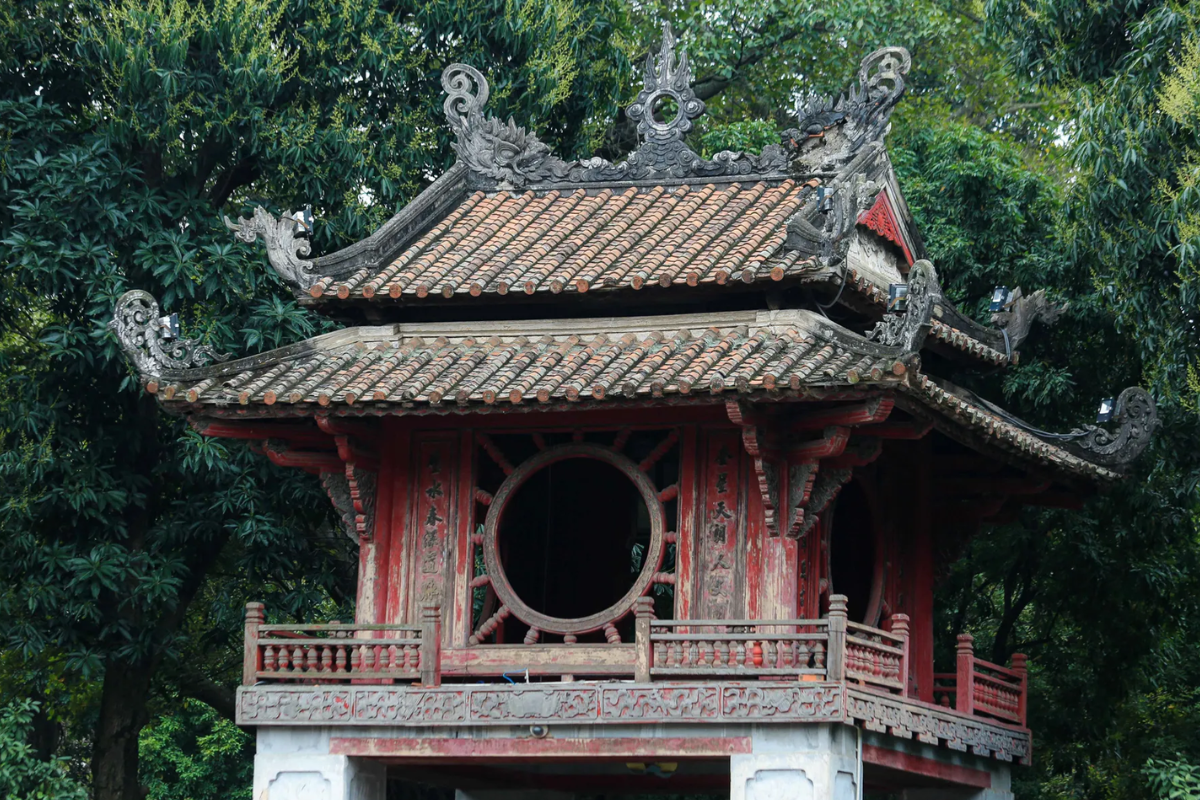
The Doctoral Steles
With 82 steles mounted on turtle-shaped pedestals, this UNESCO-recognized collection immortalizes scholars who passed the royal exams from 1442 to 1779.
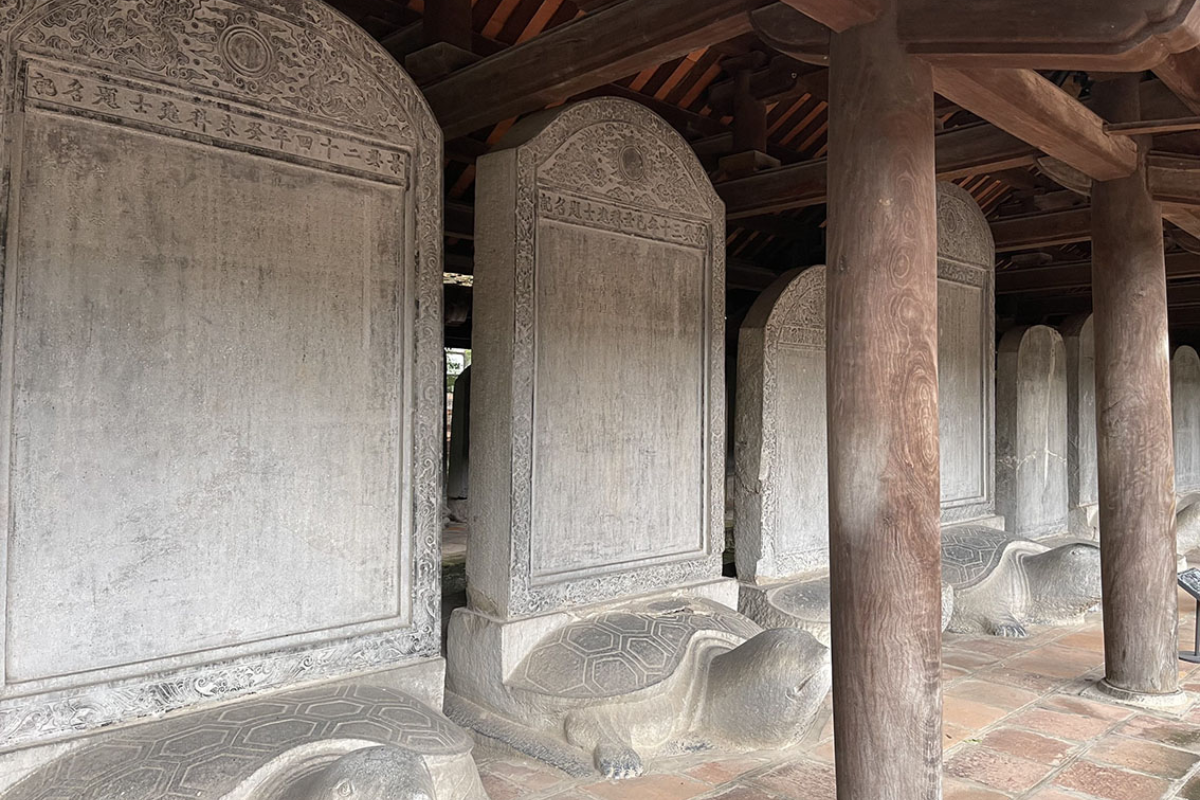
Visitor Experience
How to Get There
- Address: 58 Quoc Tu Giam Street, Dong Da District, Hanoi
- By taxi, Grab, or local bus routes 02, 28, 32, 38, 41
Opening Hours & Tickets
- Hours: 7:30 AM – 5:30 PM daily
- Ticket: 70,000 VND/adult (discounts for students and children)
Best Time to Visit
- Spring and autumn for ideal weather
- Early mornings or late afternoons to avoid crowds
Visitor Tips
- Wear modest clothing (no shorts or sleeveless tops)
- Refrain from touching artifacts or climbing statues
- Maintain a quiet, respectful attitude
Must-Do Activities
- Stroll through the five courtyards and pavilions
- Photograph iconic sites like Khue Van Cac and the steles
- Read inscriptions and view relics of Confucian education
.png-image-dsbvrfya.png)
Special Experience: Night Tour
Join a night tour from 6:30 PM to 9:30 PM (Wednesday, Saturday, Sunday) to experience the temple illuminated with 3D mapping shows and interactive storytelling.
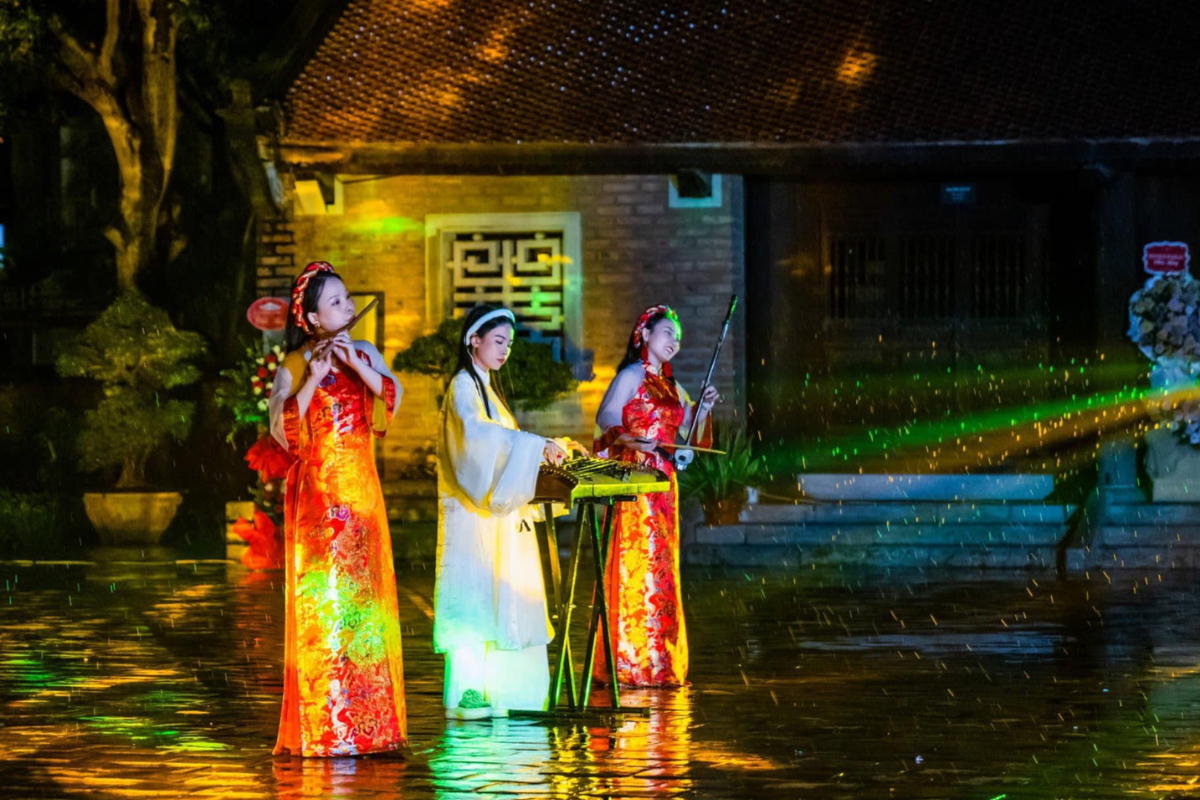
Tickets are 199,000 VND for adults, 99,000 VND for children (under 1.3m), and free for kids under 1m.
Nearby Attractions
- Thang Long Imperial Citadel: Ancient royal site
- Ho Chi Minh Mausoleum: Final resting place of Vietnam’s founding father
- Vietnam Fine Arts Museum: Showcasing traditional and modern art
- Hoa Lo Prison: A sobering wartime relic
- St. Joseph’s Cathedral: French colonial church with Gothic design
- Dong Xuan Market: Hanoi’s largest local market for food and souvenirs
Conclusion
The Temple of Literature Hanoi is more than just an architectural wonder—it is a spiritual and cultural emblem that defines the soul of Hanoi. From its roots as Vietnam’s first university to its current status as a top tourist site, it remains a must-see on any Vietnam travel itinerary.
If you’re planning a trip, don’t miss our curated Hanoi day tours and multi-day cultural packages that include this iconic site. Contact World Mate Travel to customize your journey through Vietnam’s heritage and history.
Contact Us:
Email: sales@worldmatetravel.com
WhatsApp: +84988660505

